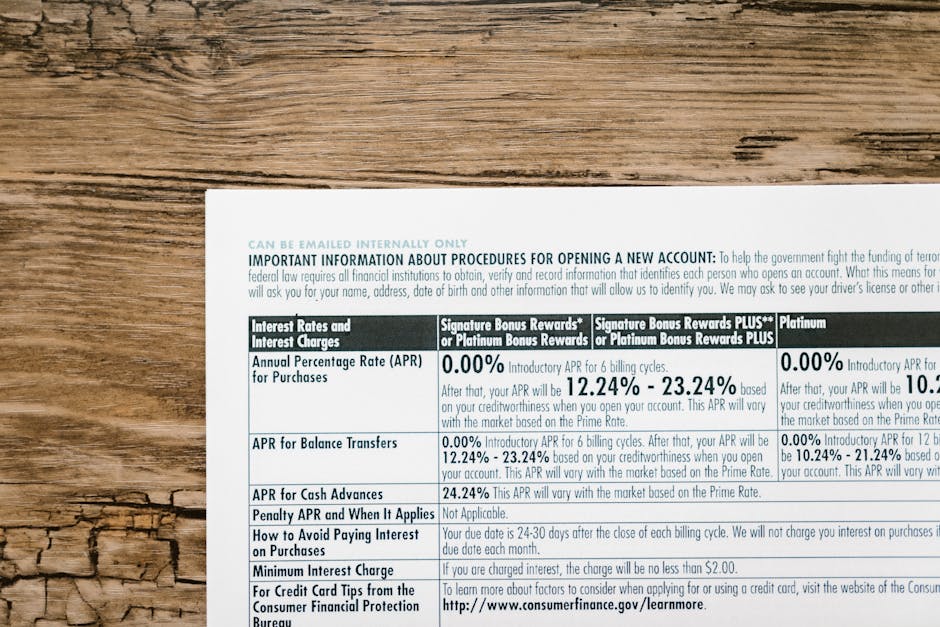
Sentiment Analysis for Creditworthiness Assessment
Understanding Sentiment Analysis in Creditworthiness Assessment
In the world of finance, evaluating the creditworthiness of individuals and businesses is essential for making informed lending decisions. Recently, sentiment analysis has emerged as a powerful tool to enhance this process by analyzing emotions and opinions from various data sources.
The Role of Sentiment Analysis
Sentiment analysis involves processing free-text data such as customer reviews, social media posts, and financial reports to gauge the overall attitude towards a borrower. This technique helps financial institutions uncover hidden risks or positive indicators that traditional metrics might overlook.
Applications of Sentiment Analysis in Finance
- Social Media Monitoring: Analyzing social media sentiments can reveal public perception and potential reputational risks.
- Customer Feedback: Examining customer reviews and satisfaction surveys provides insights into service quality and stability.
- Financial Reports: Extracting sentiment from quarterly earnings and executive comments aids in understanding company outlooks.
Benefits of Using Sentiment Analysis
Implementing sentiment analysis can lead to better risk assessment, increased accuracy in credit scoring, and more personalized financial services. It allows lenders to make data-driven decisions that incorporate qualitative insights alongside quantitative data.
Conclusion
As the finance industry continues to evolve, integrating sentiment analysis techniques into creditworthiness assessment processes offers a competitive edge. By leveraging the emotional and opinion data embedded in various sources, lenders can make more nuanced and accurate decisions.
